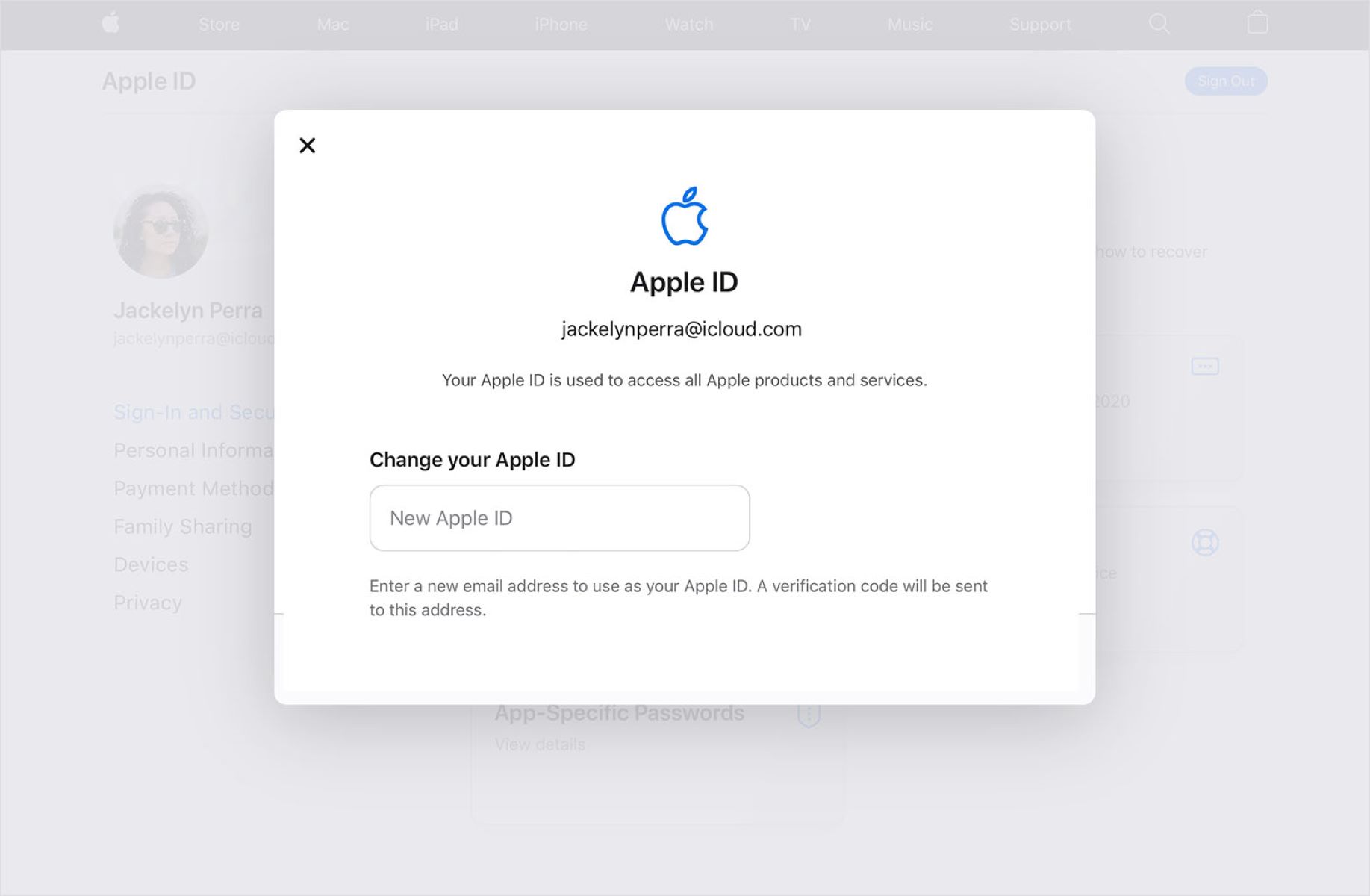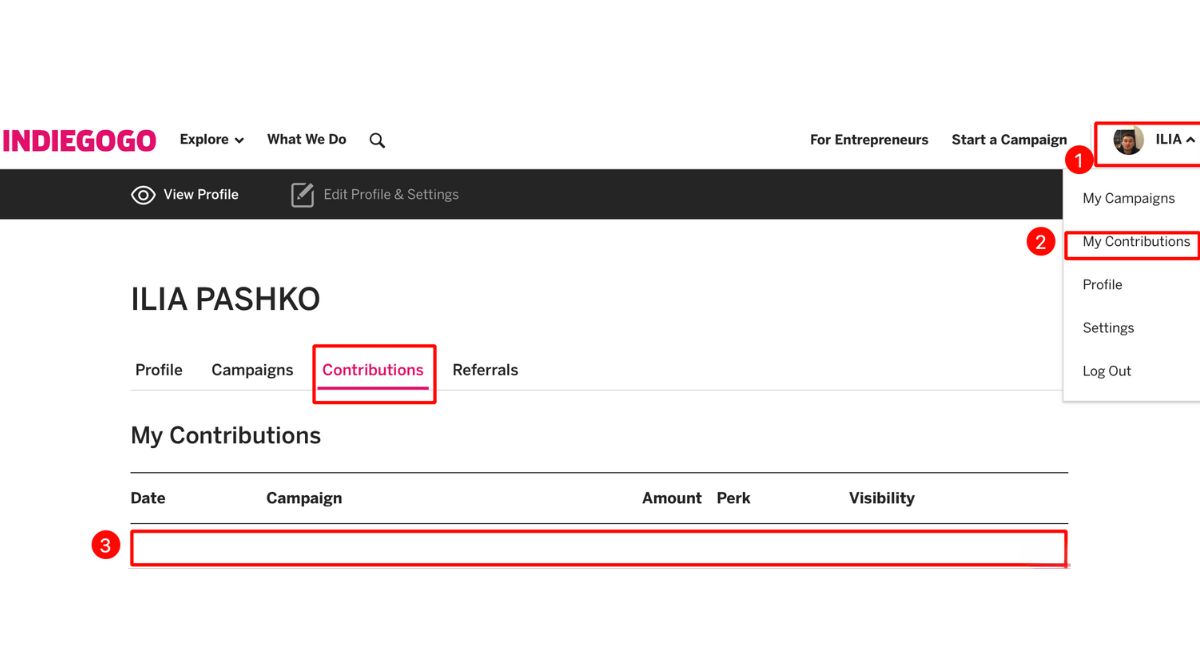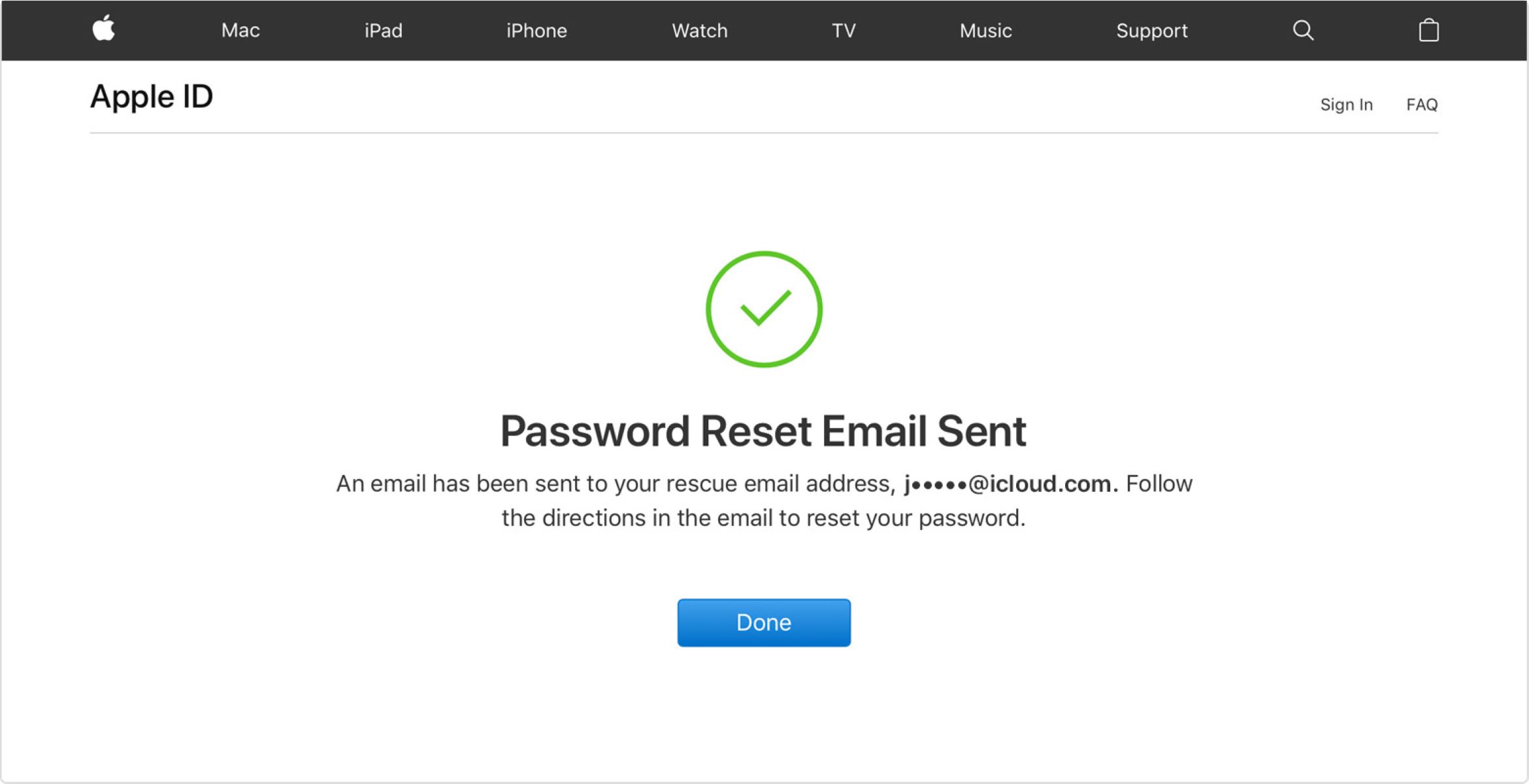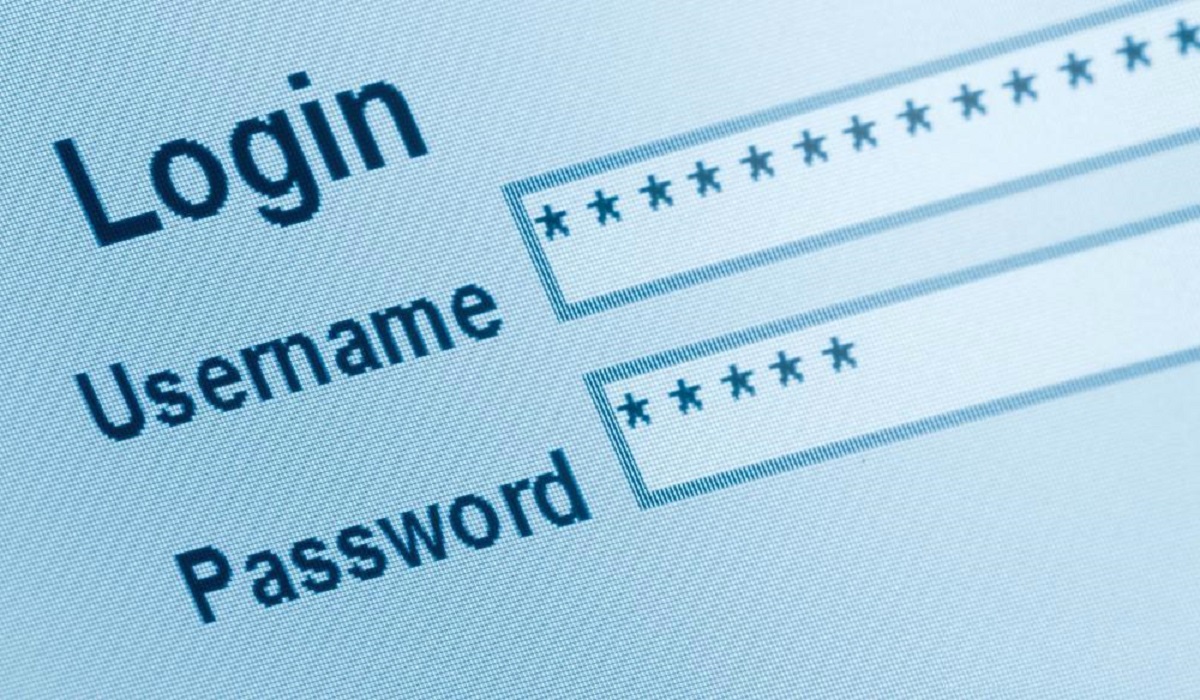Introduction
Welcome to the world of digital communication, where an email plays a significant role in connecting individuals and businesses across the globe. An essential component of email communication is the email ID, which serves as a unique identifier for each user. In this article, we will explore the concept of an email ID, its structure, importance, and provide some tips for creating an effective one.
Being a part of the digital landscape, it is crucial to understand the ins and outs of email IDs. Whether you’re a seasoned email user or new to the world of electronic communication, this guide will equip you with the knowledge you need to make the most of your email experience.
Email ID has become an indispensable aspect of personal and professional communication, providing individuals with a secure and convenient means of sending and receiving messages. With the ever-growing reliance on digital platforms for communication, understanding the workings of an email ID is becoming increasingly crucial.
So, let’s dive in and discover everything you need to know about email IDs – from their definition to their creation and usage. By the end of this article, you will have a comprehensive understanding of what an email ID is, and how to make the most of it.
Definition of an Email ID
An email ID, short for email identifier, is a unique username used to identify and authenticate an individual’s email account. It is a combination of an individual’s chosen email address and a domain name. The email ID serves as the online identity of the user, enabling them to send, receive, and manage electronic messages.
Email IDs are structured in a specific format to ensure their uniqueness and compatibility with email systems. Typically, an email ID consists of two main parts: the username and the domain name. The username is the chosen name by the user, while the domain name represents the email service provider or the organization hosting the email service.
For example, in the email ID “john.doe@example.com,” “john.doe” is the username, and “example.com” is the domain name. The username can be anything that the user desires, as long as it adheres to the rules and regulations set by the email service provider, such as character limits and restrictions on special characters.
Email IDs are case-insensitive, meaning that “example@example.com” and “Example@example.com” are considered the same email ID. However, the majority of email systems treat email addresses as case-sensitive, meaning that they differentiate between uppercase and lowercase letters when delivering messages.
It is important to note that an email ID is not the same as an email address. While the email ID represents the whole username and domain name combination, the email address is specifically the unique address to which emails are sent. People sometimes use the terms interchangeably, but understanding the distinction can help prevent confusion when discussing email-related topics.
With the basic understanding of what an email ID entails, we can now delve into its significance and the role it plays in the digital communication landscape.
Structure of an Email ID
The structure of an email ID follows a specific pattern to ensure its uniqueness and compatibility with email systems. Generally, an email ID consists of two main components: the username and the domain name.
The username is the chosen name by the user and can be personalized based on individual preferences. It can include alphanumeric characters, as well as certain special characters like dots (.), underscores (_), or hyphens (-). However, it is worth noting that not all email service providers allow special characters, so it’s important to review the specific guidelines provided by the provider.
The domain name is the second part of the email ID and represents the email service provider or the organization hosting the email service. It typically follows the format of “@example.com” or “@domainname.com.” The domain name can vary based on the email service provider, company, or organization that the user is associated with.
Together, the username and domain name create a unique combination that forms the email ID. For example, in the email ID “john.doe@example.com,” “john.doe” is the username, and “example.com” is the domain name.
Additionally, it’s essential to keep in mind that while email IDs are case-insensitive, email addresses are generally case-sensitive. This means that “example@example.com” and “Example@example.com” are considered the same email ID, but email systems may treat them as distinct addresses. Therefore, it’s advisable to use consistent letter casing while providing or exchanging email addresses to ensure proper delivery of messages.
The structure of an email ID may slightly vary depending on the specific email service provider or organization. Some providers may offer additional features or customization options, such as subdomains or aliases, allowing users to create multiple email IDs under one account or to have alternative email addresses associated with their primary ID.
Understanding the structure of an email ID is important to ensure proper identification and communication in the digital world. It helps users establish their online presence and facilitates efficient email exchange for personal and professional purposes.
Importance of an Email ID
An email ID holds immense importance in today’s digital age, serving as a primary means of communication for individuals, businesses, and organizations worldwide. Whether it’s for personal or professional use, having an email ID offers numerous benefits and advantages.
1. Professional Communication: An email ID provides a professional image and serves as a formal mode of communication. It allows individuals to interact with colleagues, clients, and partners in a more official and organized manner. With an email ID, users can exchange messages, send attachments, and maintain records of important conversations for future reference.
2. Global Reach: Email IDs enable communication on a global scale. With just a few clicks, users can send messages to recipients anywhere in the world, breaking down geographical barriers. This level of accessibility and reach is crucial for businesses and individuals engaged in international collaborations, remote work, or connecting with friends and family living abroad.
3. Identity and Branding: An email ID helps establish a unique online identity for individuals, businesses, and organizations. It enables users to create a personalized email address that is directly associated with their name, brand, or company. This professional branding helps build credibility and trustworthiness among recipients.
4. Documentation and Record Keeping: Email IDs act as a reliable tool for documentation and record keeping. Important information, agreements, and conversations can be conveniently stored and organized within email folders. This allows for easy retrieval of past correspondences, eliminating the need for physical records and paperwork.
5. Account Registrations and Online Services: An email ID is often required for various online activities, including account registrations, creating social media profiles, accessing online services, subscribing to newsletters, and more. It serves as the primary contact point and verification method, ensuring secure and convenient access to a wide range of digital platforms and services.
6. Effective Communication: Emails provide the ability to craft well-thought-out messages, allowing for clear and concise communication. With an email ID, users can articulate their thoughts, attach relevant documents or files, and engage in thoughtful discussions with recipients. This ensures effective communication, reducing misunderstandings and fostering productive interactions.
7. Networking and Collaboration: Email IDs play a crucial role in networking and collaboration. They allow individuals to connect with professionals in their field, initiate collaborations, and explore business opportunities. Through email, users can exchange ideas, share resources, and coordinate projects, fostering growth and innovation.
In summary, an email ID offers a multitude of advantages, ranging from professional communication and global reach to documentation and networking. It provides a reliable and efficient means of staying connected in the digital realm, empowering individuals and businesses to communicate effectively and establish a strong online presence.
Creating an Email ID
Creating an email ID is a straightforward process that can be done in a few simple steps. Whether you’re setting up a new personal email account or creating one for your business, here’s a guide to help you get started:
1. Choose an Email Service Provider: There are numerous email service providers to choose from, such as Gmail, Outlook, Yahoo Mail, and many more. Consider factors like storage capacity, security features, user interface, and additional services offered to select the provider that best suits your needs.
2. Visit the Email Service Provider’s Website: Go to the website of the chosen email service provider and locate the sign-up or create account page. You will usually find a “Sign Up” or “Create Account” button prominently displayed on the homepage.
3. Provide Personal Information: Fill in the required fields with your personal information, including your name, preferred email ID, and a strong password. Ensure that your password is unique and secure to protect your account from unauthorized access.
4. Choose Your Email ID: Select a username or email ID that is not already taken. Ideally, choose a username that is easy to remember and reflects your name or brand, to create a more professional identity. If your preferred username is taken, consider including numbers or adding a dot, underscore, or hyphen to make it unique.
5. Set Up Security Measures: Enable additional security features provided by the email service provider to protect your account. This may include two-factor authentication, recovery email address, or mobile phone verification.
6. Review and Accept Terms of Service: Read through the terms and conditions or terms of service provided by the email service provider. Be sure to understand the privacy and usage policies before accepting them.
7. Complete the Account Creation: Follow the prompts given by the email service provider to complete the account creation process. This may involve verifying your email ID through a confirmation link sent to the provided email address.
8. Customize and Personalize: Once your email ID is created, you can customize your account settings according to your preferences. This may include setting a profile picture, creating a personalized signature, organizing folders, and managing email notifications.
It is important to remember that the process of creating an email ID may vary slightly depending on the email service provider you choose. Some providers may have additional steps or requirements, so it’s advisable to refer to their specific instructions.
By following these steps, you can easily create an email ID and start enjoying the benefits and convenience of electronic communication.
Email ID vs. Email Address
When discussing email communication, the terms “email ID” and “email address” are often used interchangeably. However, it is important to understand the difference between these two terms.
An email ID refers to the unique identifier that is composed of a username and a domain name. It is the complete combination of these two elements that identifies a user’s email account. For example, in the email ID “john.doe@example.com,” “john.doe” is the username and “example.com” is the domain name. The email ID is used to authenticate and identify the user and is essential for accessing and managing the email account.
On the other hand, an email address refers specifically to the unique address to which emails can be sent. It is the specific combination of the username and the domain name that forms the email address. In the example above, “john.doe@example.com” would be the email address. It serves as the recipient’s contact information, allowing other users to send emails to that particular address. The email address is used for the purpose of sending and receiving emails to and from other individuals or entities.
In summary, the email ID refers to the complete identifier that includes both the username and domain name, whereas the email address specifically pertains to the unique address to which emails can be sent.
It is worth noting that while email IDs are case-insensitive, meaning that “example@example.com” and “Example@example.com” are considered the same email ID, email addresses are generally treated as case-sensitive by email systems. This means that email systems differentiate between uppercase and lowercase letters when delivering messages. Therefore, it is important to provide email addresses accurately, taking into account the exact casing.
Understanding the distinction between email IDs and email addresses is essential when discussing email-related topics and ensures effective communication and proper identification in the digital realm.
Tips for Choosing an Email ID
When creating an email ID, it is important to choose a username that best represents you or your brand and is easy to remember. Here are some tips to help you choose an effective and suitable email ID:
1. Keep it Simple: Opt for a simple and straightforward email ID that is easy to pronounce and remember. Complicated or lengthy usernames can be easily forgotten or mistyped, causing inconvenience when sharing your email ID with others.
2. Use Your Name: If it’s for personal use, consider using your name as part of your email ID. This not only makes it personalized but also adds a touch of professionalism to your correspondence.
3. Avoid Complex Characters: While some special characters are allowed in email IDs, it’s generally recommended to avoid using them excessively. Stick to alphanumeric characters and common symbols like dots (.), underscores (_), or hyphens (-) for simplicity and compatibility.
4. Professional versus Personal: Differentiate between email IDs used for professional and personal purposes. For professional accounts, it is advisable to choose a more formal and representative username, such as your name or a variant of your company’s name. For personal accounts, you have more flexibility to express your individuality.
5. Consider Relevance: If your email ID is intended for a specific purpose or industry, consider incorporating relevant words or terms related to that field. This can help others quickly identify the nature of your email ID or your professional expertise.
6. Check Availability: Before finalizing your email ID, verify its availability across different email service providers. This ensures that you can secure the desired username and domain combination without any conflicts.
7. Think Long-Term: Choose an email ID that you will be comfortable using in the long run. Keep in mind that you may use it for personal or professional purposes for many years. Consider selecting an email ID that can withstand changes in circumstances and still be relevant.
8. Protect Your Privacy: Be cautious about using personal information, like birthdates or addresses, as part of your email ID. This can help protect your privacy and minimize the risk of identity theft or hacking attempts.
9. Test and Review: Before committing to an email ID, test it out by sharing it with a trusted friend or colleague. Get their feedback on the clarity and appropriateness of the chosen username to ensure it resonates well with others.
10. Create Alternatives: If your desired email ID is not available, consider creating alternative options by adding numbers, periods, or underscores. This allows you to maintain a similar username while still securing a unique email ID.
By following these tips, you can create an email ID that not only represents you but also enhances your communication experience in the digital realm.
Conclusion
Email IDs play a pivotal role in modern communication, allowing individuals and businesses to connect, collaborate, and exchange information effortlessly. From personal conversations to professional correspondence, email IDs serve as unique identifiers that help authenticate users and facilitate seamless communication.
We explored the definition and structure of an email ID, understanding that it is a combination of a username and a domain name. While email IDs are case-insensitive, email addresses are typically case-sensitive, necessitating accuracy while sharing email addresses.
The importance of email IDs became evident as we recognized their significance in professional communication, global reach, branding, and documentation. Email IDs enhance effective communication, create online identities, and facilitate networking and collaboration.
When creating an email ID, following tips such as keeping it simple, using your name, and considering relevance can help in choosing a suitable and memorable email ID. It is also essential to prioritize privacy, check availability, and think long-term when deciding on an email ID.
In conclusion, email IDs are the gateway to efficient digital communication. By understanding their definition, structure, importance, and the key factors to consider when creating one, individuals can harness the power of email IDs to establish meaningful connections and make the most of their online presence.

























